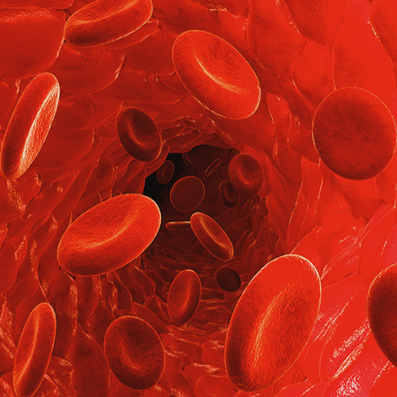
Since its debut in 2012, CRISPR gene editing has held the promise of curing most of the over 6,000 known genetic diseases. Now it’s being put to the test.
In the first spate of clinical trials, scientists are using CRISPR/Cas9 to combat cancer and blood disorders in people. In these tests, researchers remove some of a person’s cells, edit the DNA and then inject the cells back in, now hopefully armed to fight disease. Researchers are also set to see how CRISPR/Cas9 works inside the human body. In an upcoming trial, people with an inherited blindness will have the molecular scissors injected into their eyes. Those tests, if successful, could spur future trials for Duchenne muscular dystrophy, cystic fibrosis and a wide variety of other genetic diseases, affecting millions of people worldwide.
“CRISPR is so intriguing,” says Laurie Zoloth, a bioethicist at the University of Chicago Divinity School, “and so elegant.”
But big questions remain about whether CRISPR/Cas9 can live up to the hype. Other previously promising technologies have fallen short. For instance, stem cell injections helped paralyzed rats walk again. But they didn’t work so well for people, Zoloth says.
Conventional gene therapies, which insert healthy copies of genes to replace or counteract disease-causing versions, also suffered severe setbacks, and, most devastatingly, participants died, including 18-year-old Jesse Gelsinger in 1999, while taking part in gene therapy trials.
CRISPR’s reputation was tarnished last year after a researcher in China edited a gene in embryos that went on to develop into two baby girls in 2018 (SN: 12/22/18 & 1/5/19, p. 20). The current CRISPR trials don’t have the same ethical challenges — the therapies are being tested in adults and children, and won’t lead to DNA changes that can be inherited, says Alan Regenberg, a bioethicist at Johns Hopkins Berman Institute of Bioethics. Still, he says, there’s reason for caution when working with humans.
CRISPR/Cas9 is a re-engineered virus-hunter, originally developed by bacteria. In 2012 and 2013, scientists described how the system could be tweaked to cut DNA in precise locations, and then demonstrated how it could be deployed in human and animal cells. A piece of RNA — a single-stranded genetic molecule similar to DNA — is the CRISPR part and guides an enzyme called Cas9 to particular spots in the genetic instruction book, or genome. The enzyme slices through both strands of the DNA double helix. Cuts can be used to disable certain genes, snip out troublesome DNA or even repair a problem.
